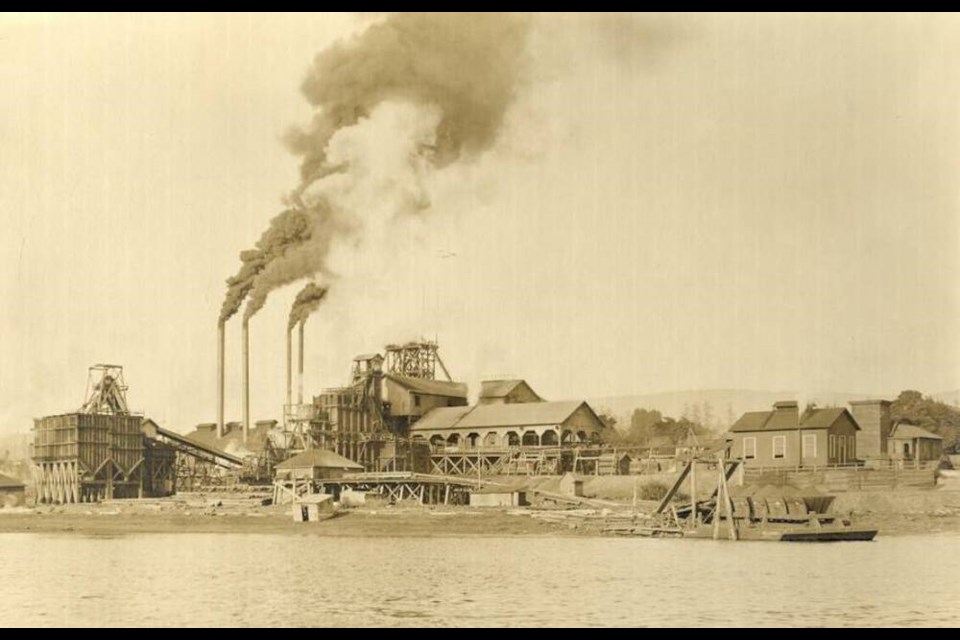City of Nanaimo flags will be at half-mast on Tuesday to honour the 150 miners who died May 3, 1887, in two explosions at the Number One Esplanade Mine.
This event remains the worst mining disaster in B.C.’s history, and the second worst industrial accident in Canada’s history. A 1914 mining disaster in Hillcrest, Alta., resulted in the deaths of 189 miners.
In Nanaimo, explosions started at 5:55 a.m. at 260 metres below sea level.
“The blast was so forceful it rocketed through the underground shafts for almost a kilometre,” the City of Nanaimo said in a Monday statement.
An underground fire burned for two weeks.
Damage prohibited recovery of the bodies until July. Even so, the bodies of seven men were never found and are somewhere underneath Nanaimo Harbour.
Nanaimo’s population at the time was just 2,000. The loss had a “massive impact” on the community, the city said.
The disaster saw 46 women lose their husbands and 126 children lose their fathers, and the big mine lost one-quarter of its workforce.
A jury looking into the cause said the explosions were caused by the firing of an unprepared and poorly planted charge, which ignited accumulated gas fuelled by coal dust.
Coal was fundamental to Nanaimo’s development for a century. Its coal deposits were the first known on the west coast of the Americas and the type of coal suited steam production, according to the Nanaimo Museum.
More than 50 million tons of coal was mined in the Nanaimo area and shipped to destinations including Hawaii, Chile, San Francisco and Alaska.
The Nanaimo Museum features a walk-through coal mine exhibit outlining the history of mining in the area. Anyone interested in learning more about this subject can go online to nanaimomuseum.ca/permanent-exhibit/the-coal-mine.
A memorial plaque stands at 1151 Milton St. in Nanaimo, the address of the Number One mine.
cjwilson@timescolonist



